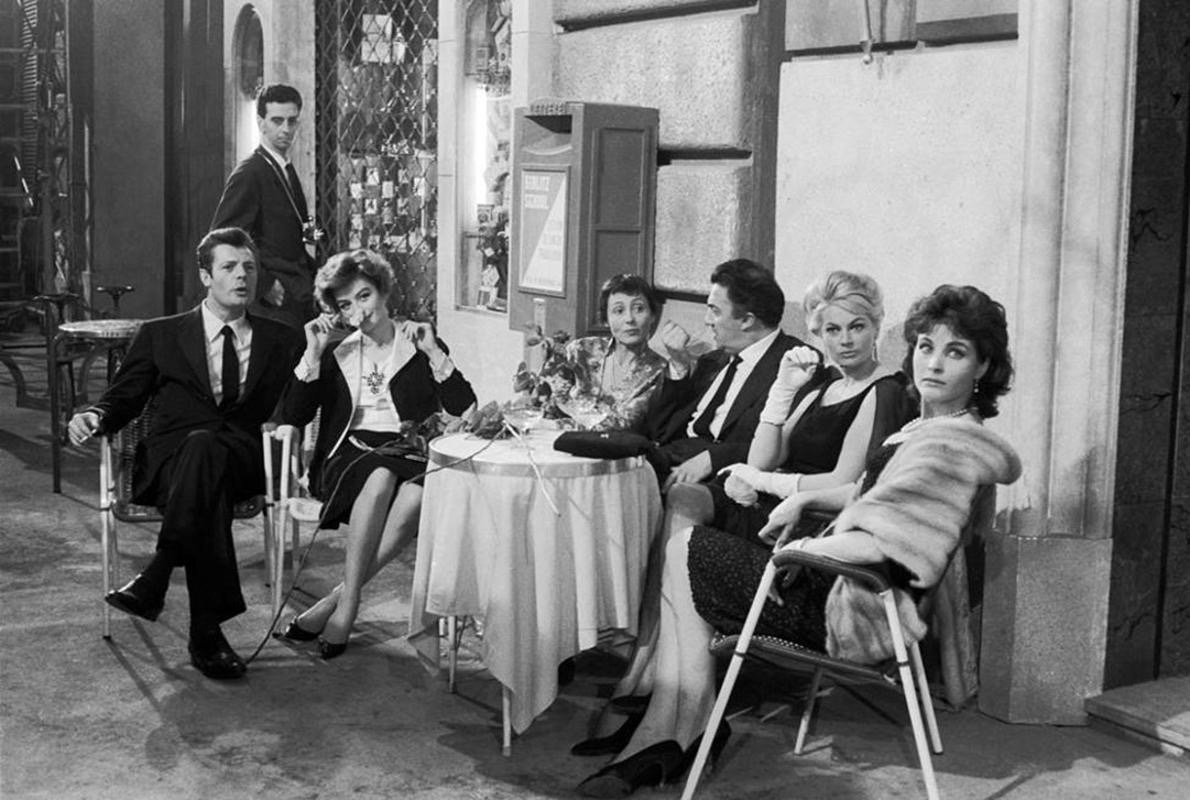THE ART OF APERITIVO - ITALY SEGRETA
WHEN I SING EDOARDO VIANELLO’S SONG:
GUARDA COME DONDOLO
GUARDA COME DONDOLO CON LO SPRITZ!
CON LE GAMBE AD ANGOLO
CON LE GAMBE AD ANGOLO
BALLO IL TWIST!
One of the more memorable Italian language gafs made by yours truly – Guarda come dondolo con lo SPRITZ!
It always gets a laugh out of Italians. The song is also widely known by people who loved Master of None as it is on the soundtrack. If you haven’t seen it the 2nd season is mostly filmed in Italy.
Aperitivo hour, the Italian’s happiest hour, is an experience simply described as the time for a refreshing pre-dinner drink. But this ritual exemplifies a culture that knows how and when to let it all go with elegance or find reason to celebrate with aperitivo at another time of day. While what and when you drink is up to you, aperitivo hour is said to have started before dinner with Vermouth. King Vittorio Emanuele II in the 18th century is said to have enjoyed a glass of this Piemontese bitter spiced white wine nightly at dusk.
When we aperitivi-amo, we open (as the Latin “aperire” suggests) our stomachs with a traditionally bitter, low alcohol cocktail that prepares us for dinner. We also open mouths and seats at our table to chiacchierare – to chat and spend time with friends.
A few times a year, my Italian family’s aperitivo tradition takes a twist, beginning early on Sunday morning, aggressively avoiding messa domenicale, Sunday mass traffic. My husband Felipe and I slide into the back of his parents’ car. “Where to first”, I ask? “Prima, aperitivo.” says Alfonzo, Felipe’s father at the wheel. He abruptly brakes at the sight of the autovelox, the big metal boxes on the roadside that electronically dole out speeding tickets, dreaded by all Italians. We exit the autostrada onto a narrow two lane road, passing crumbling cascina farmhouses and signs advertising cantinas, casificios, cars, and sexy shops. Rolling green hills appear covered in hazelnut trees and grape vines. We crossed over from Lombardia into the Piemontese countryside.
We celebrate our prime parking spot in Piazza Alfieri in Asti as the 10 o’clock church bells seem to officiate our adventure. A large silver Cocchi sign hangs over the popular piazza bar. While vermouth production is centuries old, Cocchi, from Asti, is credited by drink historians of today as producing the first commercial variety. We have arrived in the birthplace of aperitivo, and I like to think not by accident.
Alfonzo led us around the corner to Bar Lo Stregatto. Before I could look down to admire the parquet floors, the bartender opens five Campari sodas and pours each into a glass with a few ice cubes. Little small bowls of briny green olives, potato chips and a plate of some tiny crustless sandwiches filled with soft cheese and prosciutto crudo appear before us. Sunday’s Campari soda defines Sunday for my husband when he’s with his father. The Campari soda Sunday before lunch is the ultimate cin-cin before a long lunch in the countryside.
Taking a more traditional path, whether it is a negroni in it’s birthplace of Florence or a spritz in Trieste, there is no DOP domain protected aperitivo experience. Thankfully, the mix of family traditions and trends keep the Italian aperitivo ubiquitous, iconic and often up for interpretation. However, a key defining characteristic that solidifies the aperitivo is food. By law Italians must serve food free of charge with alcoholic drinks — even if just a bowl of mediocre chips on the bancone bar. Olives, peanuts, salumi, flaky Parmigiano Reggiano drizzled in balsamic vinegar arrive at your table. In upper scale establishments that anticipate that you’ll continue to enjoy, and imbibe, while drinks may cost 10 euros, little gifts are sent from the chef’s kitchen. My personal favorite (and it’s also fun to say!) are salatini. These bites of savory layers of pasta sfoglia puff pastry, often circular are just a bit larger than a Euro coin. Memorialized for me at Pasticceria Marchesi 1824 in Milan, pasta sfoglia is filled and baked with tomato passata and mozzarella, prosciutto and stracchino or simply sprinkled with poppy seeds and grated pecorino. Rich in butter and salt as the name implies (little salty things!) salatini pair well with just about anything.
While the mini bottle of Campari soda is the best aperitivo drink standing up al banco, Campari enthusiasts come to Milan, its birthplace, for the Negroni Sbagliato. When a bartender at Milan’s Bar Basso mistakenly added a dry spumante brut to a negroni instead of gin in the 1970s, the happy accident became a signature of the city. In Venice, aperitivo is frequently enjoyed with cicchetti, crostini smeared with seasonal morsels or piled with anchovies. In Puglia, taralli is a favorite – a hand rolled circular cracker made with olive oil and white wine. Grab the iconic Aperol spritz while in Veneto, or join in on the millennial tradition of apericena, a blend of aperitivo and dinner, in Northern Italian university towns – where a few euros gets you a drink and towering plate of snacks.
The true beauty of aperitivo lies in the feeling that you are in Italy and celebrating a time old tradition. No matter what you are drinking or who you are with, it’s the anticipation that you are at the beginning of an adventure – whether it be a meal or, if you are with my father-in-law Alfonzo, a trip to the antique market in Casale Monferrato followed by an unforgettable pranzo della domenica in the hills of Piemonte.
by Elizabeth T. Jones first published on Italy Segreta


